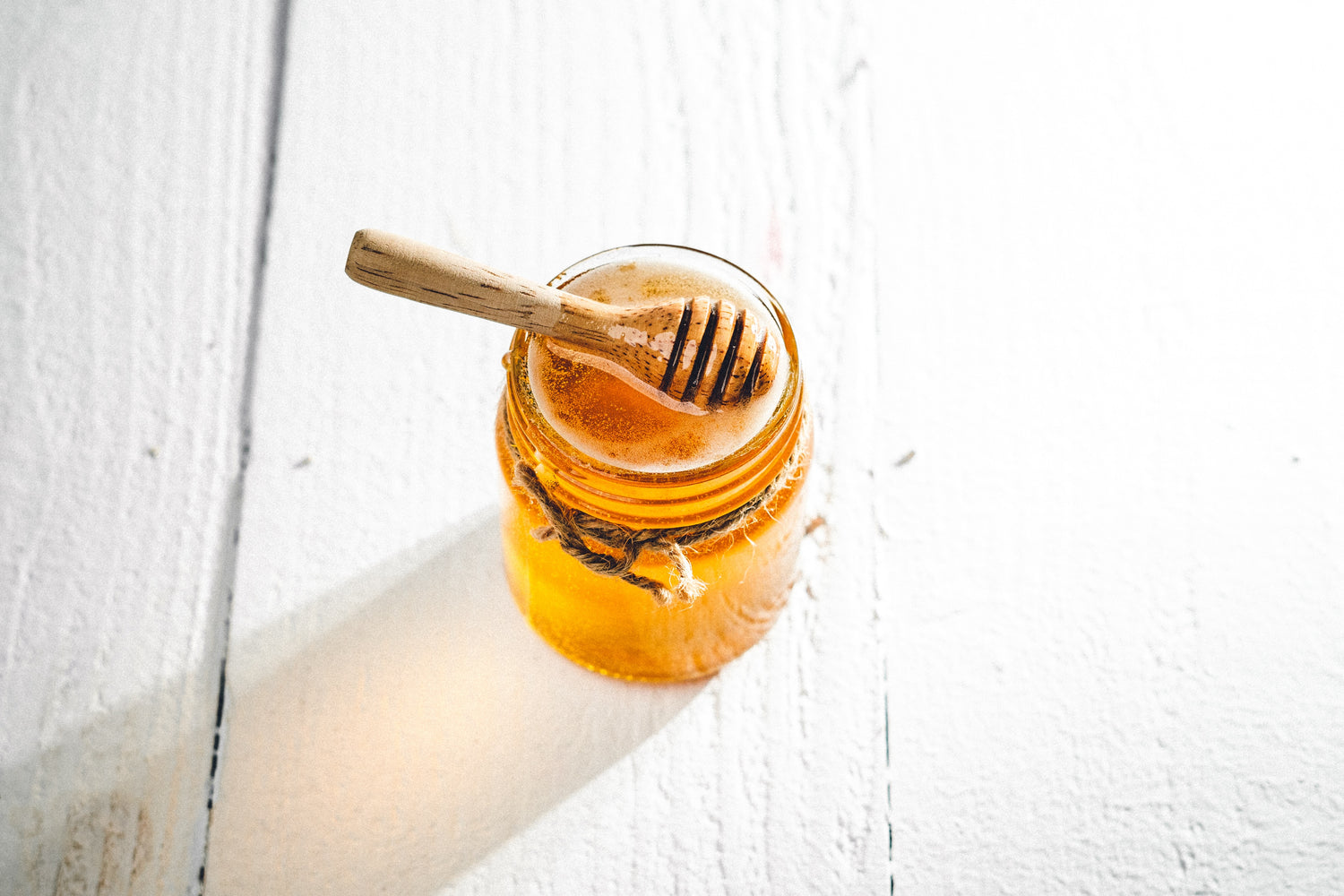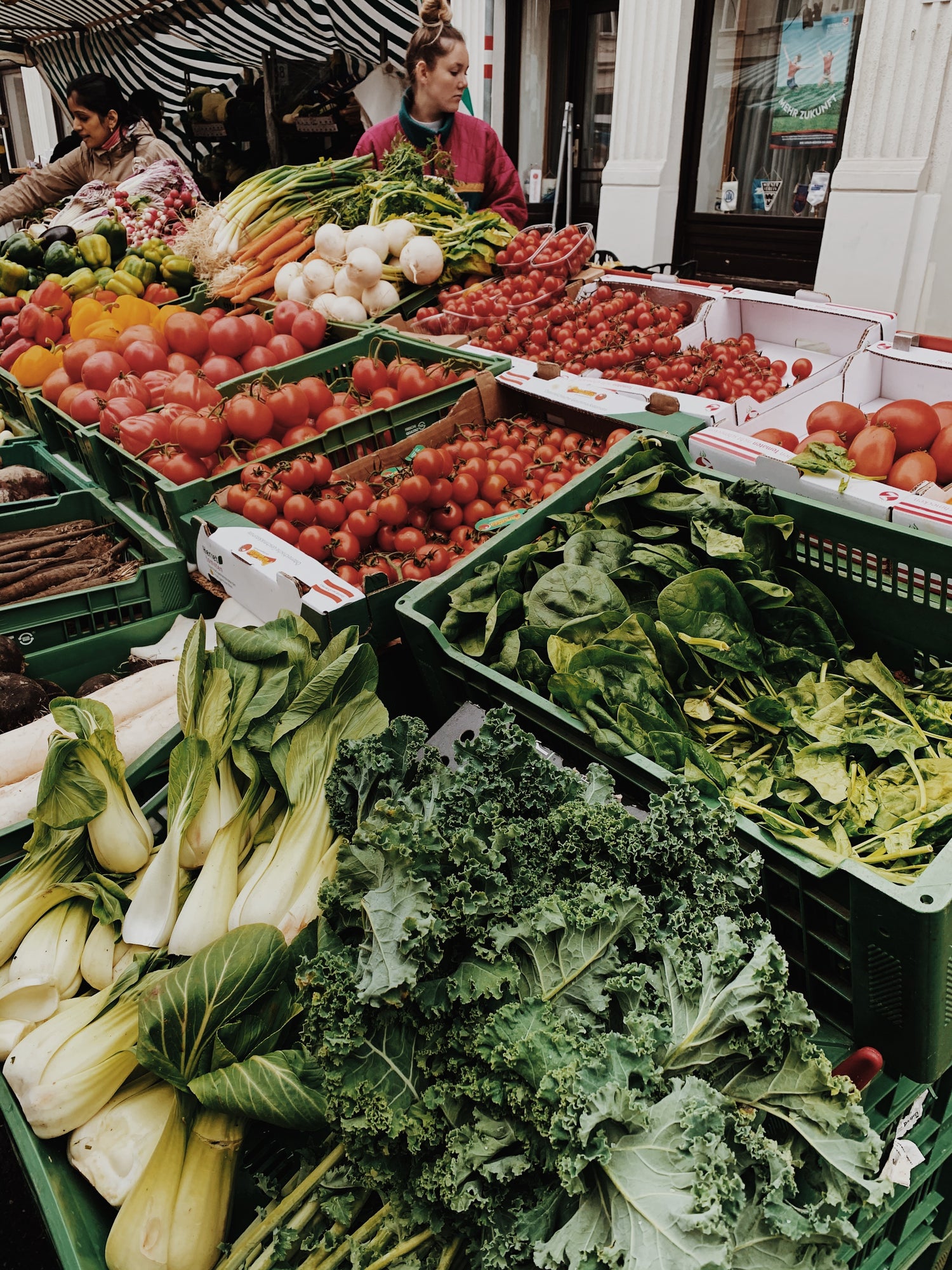The Buzz Fades: Unraveling the Complex Tapestry of Honey Bee Decline and Its Far-reaching Global Consequences**
In the past two decades, a disquieting phenomenon has gripped the world – the steady decline of honey bee populations. Honey bees, indispensable pollinators for numerous crops, stand at the epicenter of our food chain. Alarming studies conducted over the years shed light on the unprecedented decrease in honey bee numbers, posing not only a threat to the beekeeping industry but also a formidable risk to global food security. In this extensive exploration, we will dissect the multifaceted factors contributing to the decline of honey bee populations, delve into the nuanced findings of various studies on the subject, and meticulously analyze the potential global impact of a world without honey bees.
Factors Contributing to the Decline
1. Pesticides and Chemical Exposure
At the forefront of the honey bee population decline is the pervasive use of pesticides and exposure to harmful chemicals. Neonicotinoids, a class of insecticides prevalent in agriculture, have emerged as a significant threat to bees. Research, such as the European Food Safety Authority's (EFSA) study, has unequivocally established a link between neonicotinoid exposure and adverse effects on honey bee colonies, including diminished foraging ability and impaired reproduction.
Furthermore, the cumulative impact of diverse pesticides, fungicides, and herbicides in modern agriculture weakens honey bee immune systems, rendering them more susceptible to diseases and parasites.
2. Parasites and Diseases
The invasion of honey bee colonies by parasites and the proliferation of diseases constitute another pivotal factor in the decline of bee populations. The Varroa destructor mite, a minuscule yet formidable adversary, poses a global threat to honey bees. These tiny parasites attach themselves to bees, extracting bodily fluids and transmitting viruses that can decimate entire colonies. Studies from the University of Maryland have shown that colonies infested with Varroa mites experience elevated mortality rates and diminished overall productivity.
Moreover, the spread of pathogens like Nosema and American foulbrood adds an additional layer of complexity to honey bee health. Research published in the journal Environmental Microbiology Reports emphasizes the intricate relationship between microbial communities in bee guts and their ability to resist diseases, suggesting that disruptions to these microbial communities can have profound effects on bee health.
3. Habitat Loss and Fragmentation
The continuous loss of natural habitats due to urbanization, agricultural expansion, and deforestation has resulted in a decline in suitable forage and nesting sites for honey bees. Landscape fragmentation isolates bee populations, making it arduous for them to find adequate resources. A study by the University of California, Berkeley, revealed that reduced access to diverse forage negatively impacted the nutritional health of honey bees, making them more susceptible to stressors like pesticides and diseases.
Studies Investigating the Decline
1. Bee Informed Partnership Annual Colony Loss Survey
The Bee Informed Partnership's annual survey assesses honey bee colony losses in the United States.
The 2020-2021 survey reported a 45.5% overall loss of managed honey bee colonies during the winter.
While this figure represents a slight improvement from previous years, it underscores the ongoing challenges faced by beekeepers in maintaining healthy and sustainable colonies.
2. Global Honey Bee Colony Disorders Survey
A comprehensive survey conducted by the Food and Agriculture Organization of the United Nations (FAO), in collaboration with other international organizations, scrutinized the prevalence of honey bee colony disorders worldwide. The study revealed that beekeepers in several regions reported significant losses, with factors such as pests, diseases, and environmental stressors contributing to the decline.
Global Impact on the Food Chain
The decline of honey bee populations poses a severe threat to global food security and ecosystem stability. Honey bees, responsible for fertilizing flowers and enabling the production of fruits, vegetables, and nuts, play a crucial role in the pollination of approximately 75% of global food crops, according to the Food and Agriculture Organization (FAO).
1. Agricultural Consequences
The agricultural sector faces the brunt of honey bee decline, with crops such as apples, almonds, blueberries, and cucumbers heavily reliant on bee pollination. The economic impact on the agricultural industry could be catastrophic, leading to reduced yields, increased production costs, and potential food shortages.
A study published in the journal Nature Communications quantified the economic value of pollination services provided by bees, estimating it to be around $235 to $577 billion annually worldwide. This underscores the direct link between healthy bee populations and the stability of the global economy.
2. Biodiversity Threat
Honey bees contribute to the biodiversity of ecosystems by pollinating wildflowers, supporting other wildlife in turn. The decline of bee populations can disrupt these intricate ecological relationships, setting off a domino effect that impacts various species. The loss of pollination services provided by bees could result in a decline in plant diversity, affecting herbivores and predators up the food chain.
3. Human Nutrition
Beyond economic and ecological consequences, the decline of honey bees could directly impact human nutrition. Many essential vitamins and minerals come from crops reliant on bee pollination. A study published in the journal PLOS ONE underscored the nutritional importance of pollinator-dependent crops, revealing that the global production of such crops significantly contributes to human health.
Conclusion
The decline of honey bee populations over the past two decades is a multifaceted challenge influenced by factors such as pesticide exposure, parasites, diseases, and habitat loss. The urgency to address these challenges is underscored by various studies, emphasizing the need to ensure the survival of honey bees and safeguard global food security.
Efforts to mitigate the decline require a comprehensive approach, involving sustainable agricultural practices, reduced reliance on harmful pesticides, and the preservation of natural habitats. Supporting research and innovation in beekeeping practices, such as breeding bees resistant to diseases and parasites, can contribute to building resilient honey bee populations.
The global impact of a world without honey bees is profound, extending beyond immediate concerns to encompass broader implications for ecosystems, biodiversity, and human well-being. As we navigate the challenges of the 21st century, prioritizing the health and sustainability of honey bee populations is crucial for ensuring a resilient and thriving future for our planet.





